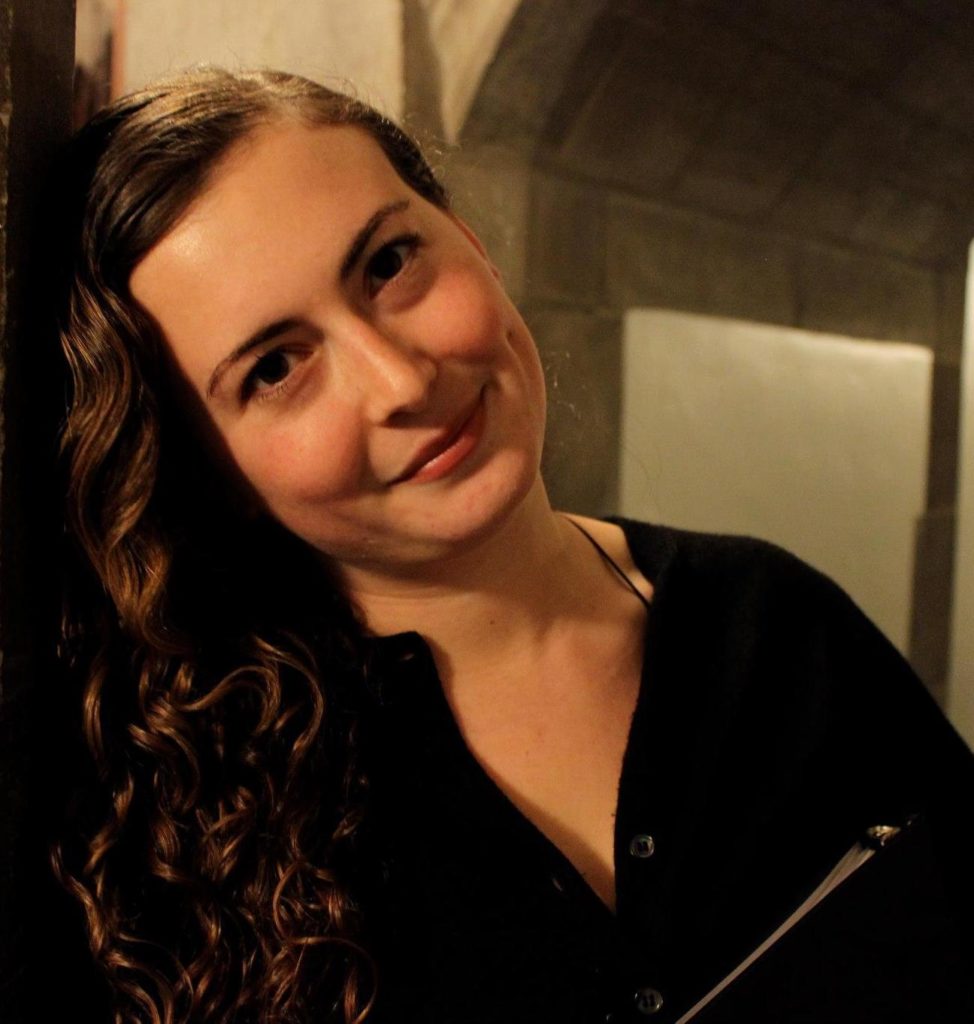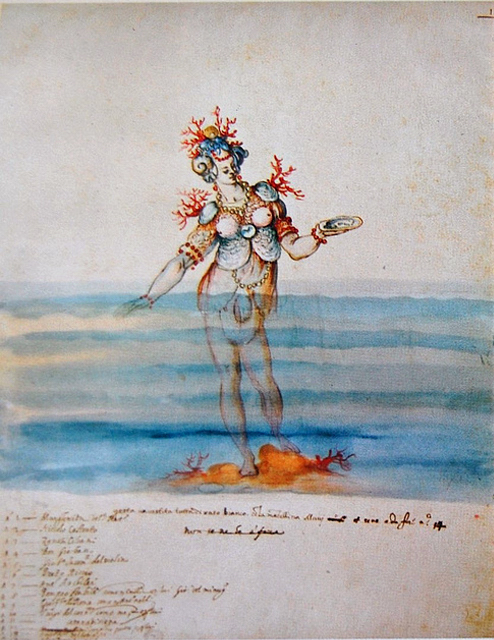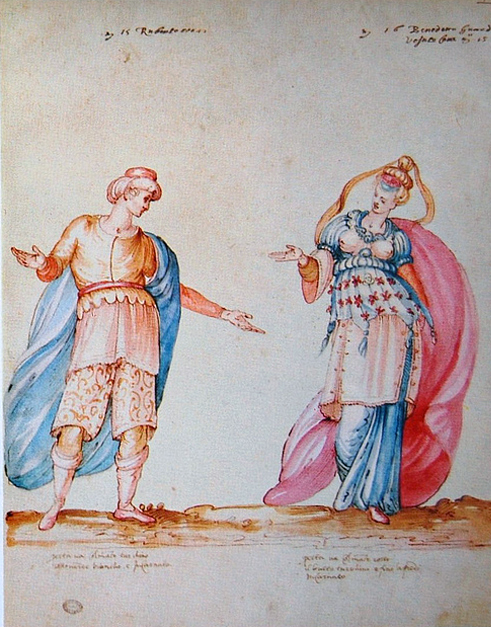Seicento Launches its 10th Anniversary Season Reliving a Long-Ago Wedding Bash
A preview by Marc Shulgold
The Grand Duke of Tuscany, Ferdinando I de’ Medici, and Christina of Lorraine were married in Florence in May, 1589, and it must have been a heckuva party. For starters, there was a five-act play performed in the Medici Theater for the newlyweds and gathered guests. Sprinkled between each act were musical selections by six composers, consisting of vocal and instrumental mini-stories on mythological themes, known as “intermedi.”
All that establishes a huge challenge for any ensemble willing to re-create even a large chunk of the outlandish – and no doubt endless – celebration. After all, the extravaganza took a year of planning and a full month of preparation. Lucky for Front Range early-music fans, artistic director Amanda Balestrieri, her assistant concert director Hannah McGinty and Seicento Baroque Ensemble’s brave singers and instrumentalists are willing to give it a go, 432 years later.

No, there won’t be a bride and groom, and not a trace of that forgettable play, La Pellegrina (The Pilgrim Girl) by Girolamo Bargagli. And, the artistic director, admits, with only five or six rehearsals there won’t be time for a full, costumed presentation of all six intermedi (five are scheduled). For that, blame the pandemic. “We’ve been told at one venue to keep the program to 60 minutes without intermission, because of Covid,” Balestrieri noted. Plus, “Everyone will be singing with masks.”
The ensemble, she said, is still putting the production together. “We’ve been trying to figure this out. We’ll set the scene for each of the intermedi, though we may not have time for spoken introductions.” Then, adding with a laugh, “You do what you can.”
Seicento (pronounced say-CHEN-toe) will still deliver an abundance of tunes from the interludes, which bare such titles as “The Harmony of the Spheres,” “The competition between the Muses and the Pierides” and “The demonic regions.” None of the composers on this program qualify as household names: Cristofano Malvezzi, Luca Marenzio, Emilio de’ Cavalieri, for example.
Needless to say, the chamber choir, eight solo singers and seven instrumentalists will be very busy – much busier that Balestrieri had intended. “The choir would normally be 25-30, but we’ll have only 12 joining us,” the conductor noted, explaining that several members of the full volunteer group had expressed concerns about performing, even with masks, and opted out. Once again, the group’s artistic director is unfazed. “They know this music,” she said of her reduced chorus. “They know how this works. We can do this, although there are times when they’ll have to jump (their parts) between lines of music.”
Forget all those big and small hurdles. Balestrieri has one goal in mind: She wants her audiences to luxuriate in what she describes as “a gorgeous, uplifting soundscape.” There will be no elaborate set pieces, as there were back in 1589, but the hope is that the flowing musical tableau will capture “the pure beauty” of the music. “It will be like Meow Wolf,” she suggested, referring to the eye-popping, immersive art experience recently opened near Empower Field. “This is all about fantasy and escape,” the conductor said.
Beyond the obvious wonders of these rarely heard musical selections is their historical significance. The composers’ use of monody (solo singing) in the context of dramatic storytelling has been viewed by scholars as an important early step in the birth of opera. Incidentally, one name found among the original line-up of composers and performers is worth mentioning: Jacopo Peri, acknowledged as creator of the very first opera, Dafne. “This music is the precursor to works such as Monteverdi’s Vespers of 1610, which we performed in 2010,” she observed.
Let’s not overlook another significant element in Seicento’s November concerts: They mark the first of two offerings in the group’s 10th-anniversary season. “We’ll actually observe the anniversary in the second concert in late April,” Balestrieri said. “It should be a safer time to celebrate.” Those programs, billed optimistically as “post-Covid comeback concerts,” will offer Magnificent Magnificats by a handful of master Baroque composers.
For Seicento, dealing with a pandemic along with the challenge of tackling an unwieldy musical spectacle is a hazardous undertaking. Asked how she’s able to bear the stress of all the preparations, the conductor didn’t hesitate. “Well, I’m British!” she exclaimed.
Seicento will perform “Italian Intermezzo” at 7:30 p.m. Friday, November 5 at First United Methodist Church, Boulder; 7 p.m. Saturday, November 6 in Arvada United Methodist Church; and 3 p.m. Sunday, November 7 at Stewart Auditorium in the Longmont Museum. Information: www.seicentobaroque.org/













